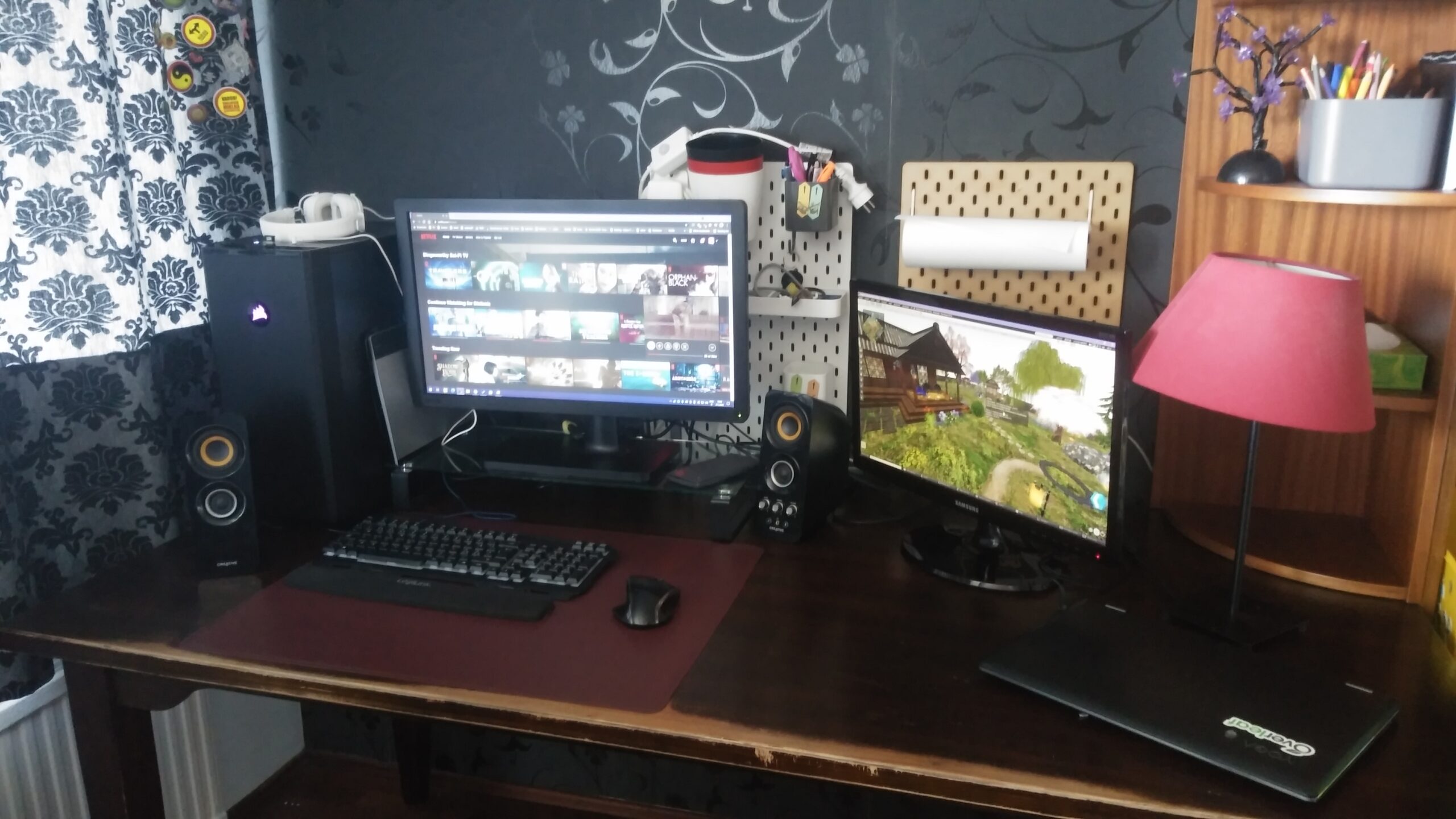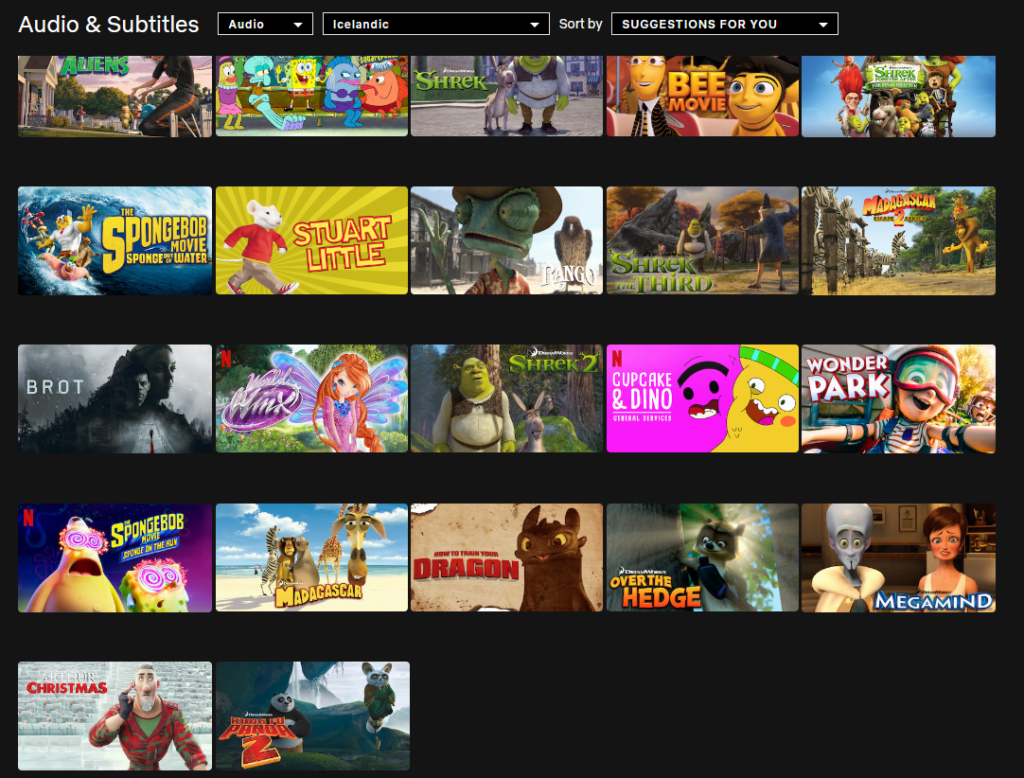Það er ár og öld síðan ég notaði dagbókina reglulega síðast...
Ég var alltaf mikilvæg fyrir mig, sérstaklega þegar það kemur að því að muna eftir hvað hefur komið fyrir mig í gegnum árin. Ég á það til að gleyma flestu neikvæðu og horfa bara á hvað er að gerast núna, ef ég er heppin þá næ ég kannski að horfa lengra í framtíðina líka.
Hef varla verið að gera margt annað á netinu undan farin 6 árin en að sjá um discord server fyrir íslenska furry samfélagið, meðfram náminu og umfram. Og núna þar sem ég lauk náminu fyrir löngu virðist vera, þá hef ég staðið í stað. Ég hef varla teiknað neitt nema örstaka mynd annað slagið. Ég hef ekki gert neitt fyrir sjálfan mig. Engin framför.
Strákarnir mínir orðnir mjög sjálfstæðir, geta farið út að leika án eftirfylgdar og þannig lagað. Þessi snjallúr með GPS og síma sambandi er svakaleg bylting í því, auðveld samskipti, maður er alltaf innan handar (ef þeir eru þá með úrin á sér).
Ég vil gjarnan komast aftur inn í lífið. Að teikna, að lifa, að gera hluti, eyða tíma með vinum...
Art Fight
Ég skráði mig í svolítið sem kallast art fight sem er hreinasta snild fyrir mig. Ég hef alltaf haft gaman af því að gera myndlista-skipti eða einfaldlega gefa myndir, og þetta art fight gengur alveg út á það. Maður gerir "árás" á einhvern með því að velja persónu og teikna hana, enginn bardagi eða neitt, og viðkomandi getur ákveðið að "verja sig" með því að teikna eina af mínum persónum. Hvernig stendur á því að ég hafi ekki tekið þátt í þessu fyrr en nú? Hef vitað af þessu í nokkur ár. Þetta er árlegur viðburður sem gerist í Júlí, og gott að undirbúa sig örlítið fyrr til þess að hafa upplýsingar um persónurnar þínar tilbúnar svo aðrir geti nú teiknað þær.
Þetta fær mig til að hugsa um þá tíma sem ég var alltaf að gera svona myndlistaskipti á LiveJournal (exported allar mínar færslur þar fyrir löngu og hlóð þeim inn á þessu wordpress).
DeviantArt
Það er svo einstaklega langt síðan ég hef verið virk í myndlist, svo langt að ég tók ekki eftir því hvað uppáhalds myndagallerí síðan mín hefur farið til fjandans. Var að taka eftir tilboði fyrir Core áskrift, og það virtist allt ganga út á gróða og AI sköpuð list svo þú þurfir ekki að skoða myndlist annara listamanna.
DeviantART virðist hafa gleymt tilgangi sínum, og vill bara búa til myndlist fyrir þig með AI í staðinn... algjört rugl. Jafnvel veföryggi er premium hjá þeim, two-factor-authentication er bara fyrir Core meðlimi.
Kominn tími til að losa sig við aðganginn þarna. Ekkert endist að eilífu. Er nú þegar með einkagallerí á síðunni minni, ætti bara að fínpússa það. Eða skoða aðra valkosti. Ég hætti að hafa áhuga á að uppfæra furaffinity galleríið mitt fyrir löngu af því mér fannst sú síða innihalda svo mikið rugl. En það er margfalt betra en deviantART þessa dagana, þrátt fyrir að það hefur ekkert einkaskilaboðakerfi (ekki eins og ég hafi notað það mikið á deviantART).
Vefþróun
Kominn tími til að nota allt þetta sem ég hef lært og kunni áður, að standa ekki lengur í stað og styðjast við gagnlausar afsakanir. Imposter Syndrome er alveg svakalegt, og það verður ekkert skárra ef ég viðheld ekki þessari kunnáttu með einhverjum verkefnum. Að uppfæra galleríið mitt hérna á síðunni minni er gott verkefni til að byrja með. Gera loksins flotta síðu fyrir hópinn sem ég eyði tíma með.
Ég kann ansi margt og er einstaklega fljót að læra nýja hluti eða rifja þá upp.
Nýjir Tímar
Ég þarf að hugsa betur um sjálfan mig, hvað er gott fyrir mig á bæði líkamlega og hugrænt. Ég er strax að verða spennt við tilhugsunina að fara stunda myndlist aftur. Fékk mér þetta flotta myndlistaforrit Corel Painter 2022 fyrir skít og kanil á Humble Bundle fyrir tveimur árum og þarf virkilega að læra á það. Þetta forrit hefur svo margt upp á að bjóða ef þú hefur áhuga á einhverju sem getur virkilega hermt eftir raunverulegri myndlistatækni, eins og málingu. Það hefur jafnvel raunverulega vatnsmálingu (ef tölvan þín er nógu öflug til að vinna úr því til að herma eftir hvernig alvöru vatnsmáling hegðar sér og þornar).
Svo virðist vera að Corel Painter kemur á Humble Bundle á hverju ári, svo endilega hafa augun opin fyrir forrita pökkunum þeirra.
Tími fyrir reglulegar dagbókafærslur

